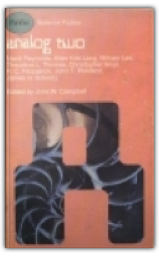
An anthology of 8 stories taken from Conde Nast's science fiction magazine Analog. |
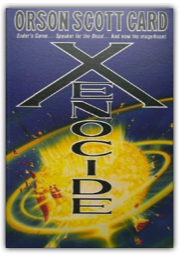
Xenocide is Card's best-selling sequel to the Hugo Award-winning Ender's Game and Speaker for the Dead. 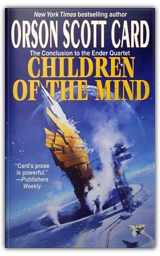
Orson Scott Card's SF career began with Ender's Game, a 1977 story expanded into an acclaimed 1985 novel. Unwittingly responsible for xenocide—destruction of an alien species—while still a boy, Ender expiates his guilt on another world in Speaker for the Dead. This confronts humanity with a deadly alien-built virus whose elimination seems to demand another xenocide. The tense continuing story takes an extraordinary leap into magical metaphysics at the climax of Xenocide, of which Children of the Mind is in effect the second half. Though that virus is now defeated, this isn't believed: the planet-eating doomsday weapon still approaches. Ender's AI friend Jane, who inhabits the galactic net and is the only agency that can move spacecraft faster than light, is being killed by dismantling the net. Ender himself is fading, passing responsibility to strange young avatars of his dead brother and aging sister created from his memories in Xenocide. Even in the shadow of death there are grippingly argued political, philosophical and moral debates—plus bitter family quarrels. A master storyteller with a knack for showing painful human relationships, Card achieves almost unbearable suspense before resolving his complex tangle and finishing Ender's 3000-year story with a touching elegy. One dangling plot line suggests that Card may return again to this universe. Solid, high-quality SF despite some implausible science. —David Langford 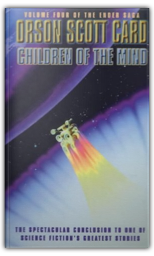
Orson Scott Card's SF career began with Ender's Game, a 1977 story expanded into an acclaimed 1985 novel. Unwittingly responsible for xenocide—destruction of an alien species—while still a boy, Ender expiates his guilt on another world in Speaker for the Dead. This confronts humanity with a deadly alien-built virus whose elimination seems to demand another xenocide. The tense continuing story takes an extraordinary leap into magical metaphysics at the climax of Xenocide, of which Children of the Mind is in effect the second half. Though that virus is now defeated, this isn't believed: the planet-eating doomsday weapon still approaches. Ender's AI friend Jane, who inhabits the galactic net and is the only agency that can move spacecraft faster than light, is being killed by dismantling the net. Ender himself is fading, passing responsibility to strange young avatars of his dead brother and aging sister created from his memories in Xenocide. Even in the shadow of death there are grippingly argued political, philosophical and moral debates—plus bitter family quarrels. A master storyteller with a knack for showing painful human relationships, Card achieves almost unbearable suspense before resolving his complex tangle and finishing Ender's 3000-year story with a touching elegy. One dangling plot line suggests that Card may return again to this universe. Solid, high-quality SF despite some implausible science. —David Langford 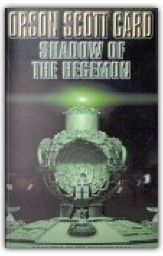
Orson Scott Card keeps returning to his first published story "Ender's Game" (1977). He expanded it into the acclaimed 1985 novel Ender's Game, winning Hugo and Nebula awards and spawning several sequels. More recently, Ender's Shadow reworked the original tale of precocious boy soldier Ender saving the world from alien hordes at terrible personal cost, as told from the different, colder viewpoint of his even younger lieutenant Bean. 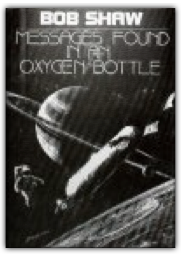
Ace "Double" format with the author's contribution bound opposite each other. The Carr section contains six stories and articles, while the Shaw section includes nine articles. Dustjacket art by Bob Eggleton. 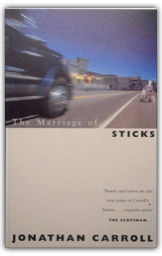
The easy way to describe Jonathan Carroll's novels is to call them indescribable. Since his strange debut The Land of Laughs (1980), he's developed his own special flavour of fantastic or magic-realist unease. The protagonists have wonderful and successful lives, glowingly described—this latest book stars a popular, high-living and attractive woman who loves her lucrative career as a rare book dealer. As always in Carroll, though, the glittering surface of Miranda's good life conceals a certain hollowness. Shocking booby-traps await her, stabs of horror and loss from unexpected directions. Small indicators of wrongness accumulate: a wheelchair-bound woman glimpsed in an impossible place on a Los Angeles superhighway, a dog set on fire, a hospice named Fieberglas misheard as "Fever Glass". Dead men and unborn children seem to stalk Miranda. At one point she notices a scene from her tragically interrupted love affair showing on the giant screen of a deserted drive-in movie theatre. Neither Miranda nor the world are quite as she believes: but when she's been openly, nightmarishly condemned for being what she is, there is for once a slender chance of renunciation and redemption. The finale is enigmatic but oddly satisfying. You don't easily forget a Carroll book. —David Langford |

Mike Scott
Collection Total:
4227 Items
4227 Items
Last Updated:
Feb 21, 2010
Feb 21, 2010


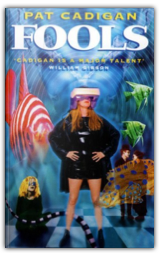
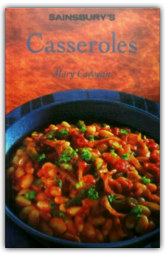
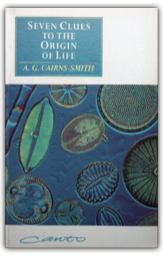
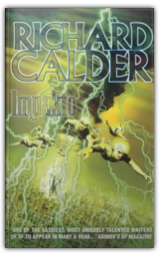
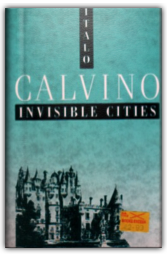
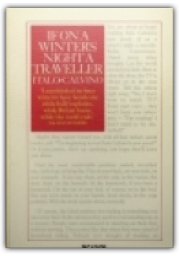
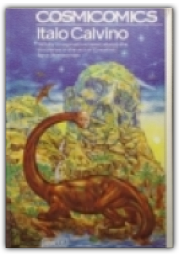
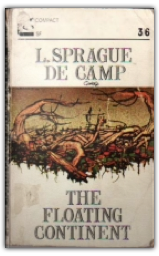
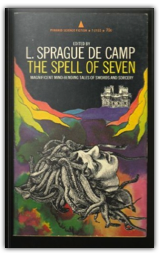
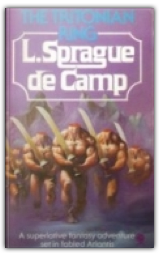
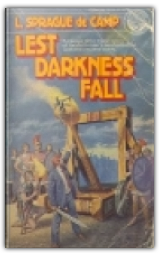
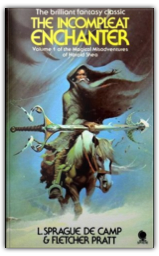

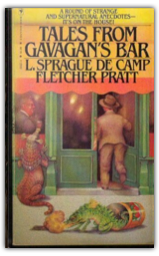
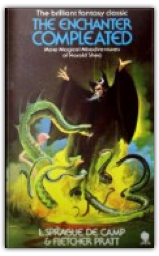
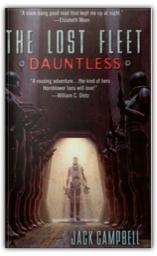
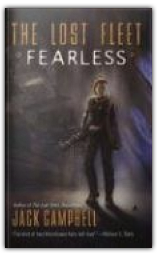
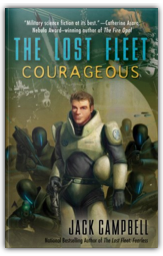
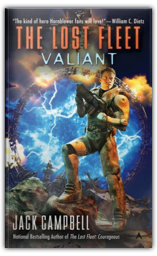
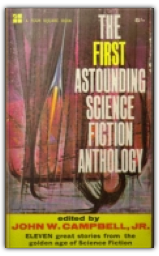
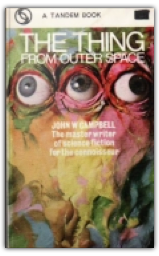
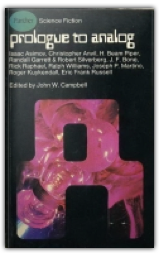
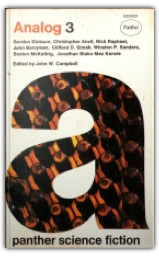
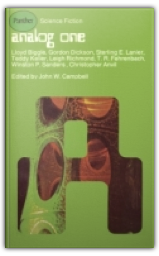
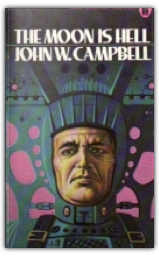
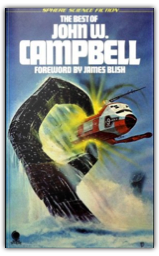
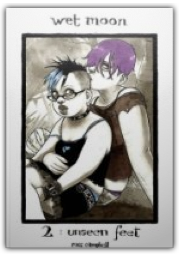
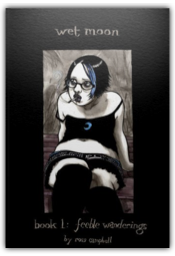
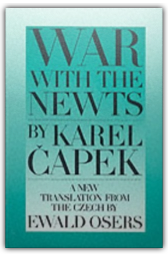

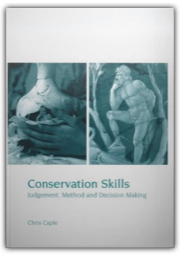
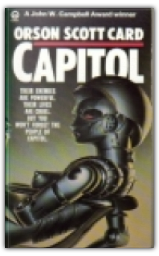
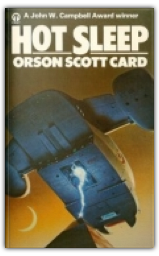
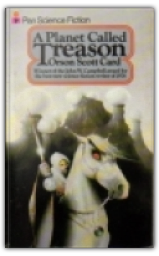
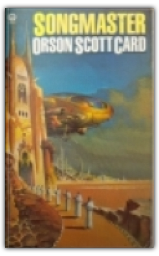
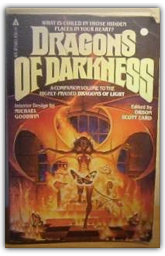
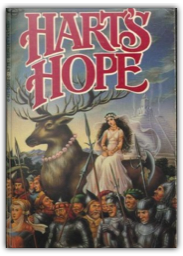
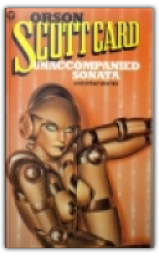
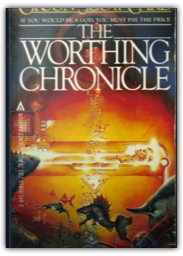
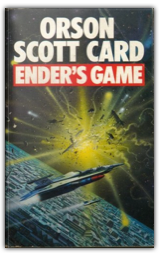
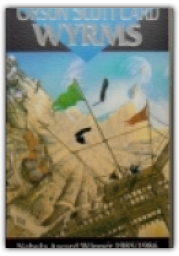
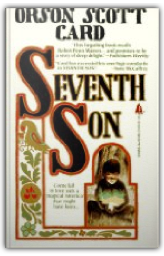
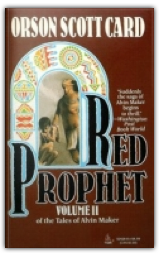
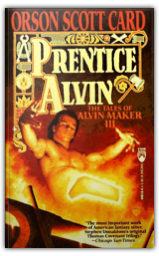
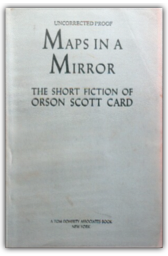
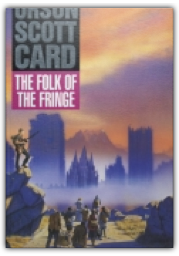
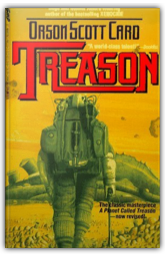
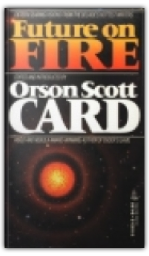
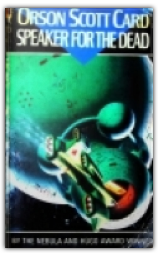
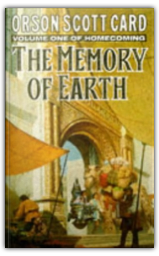
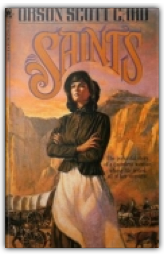
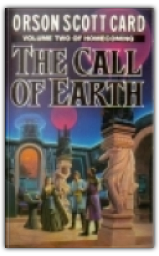
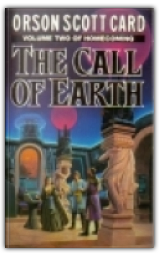
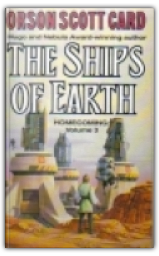
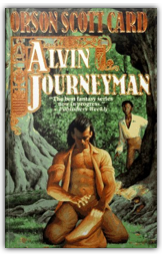
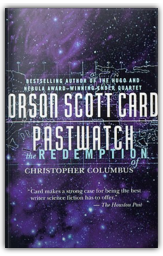
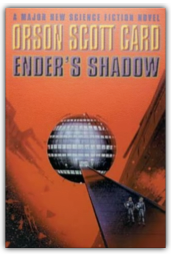
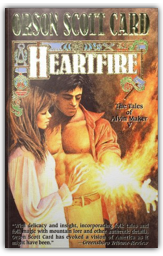
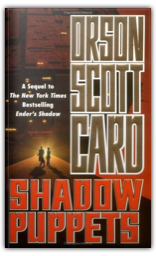
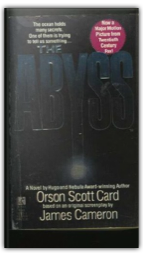
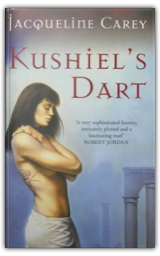
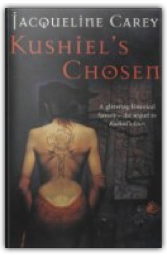
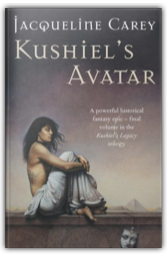
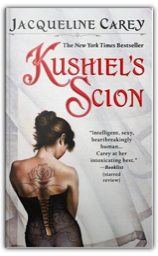
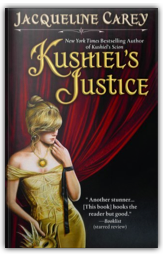
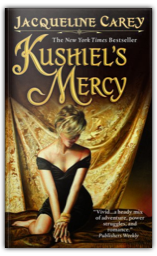
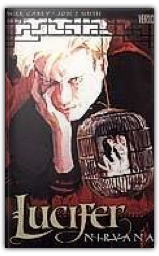

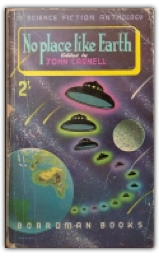
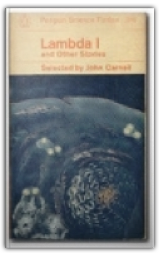
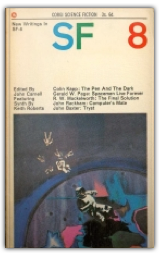
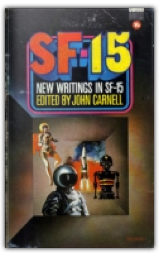
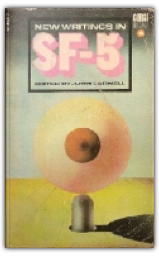
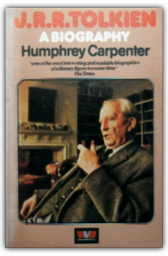
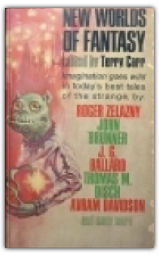
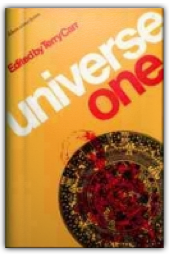
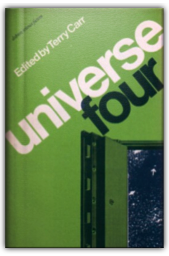
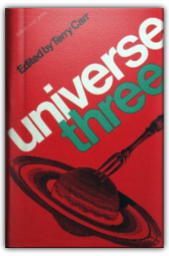
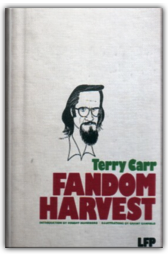
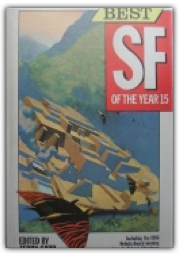
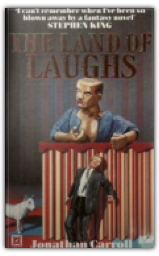
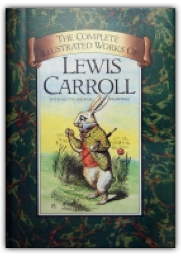
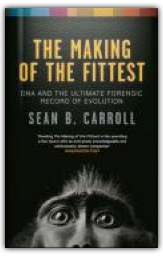
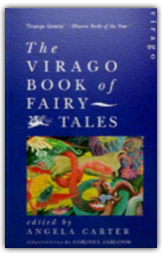
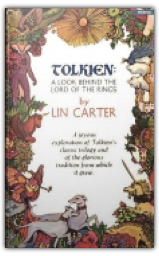
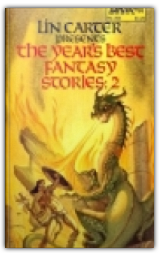
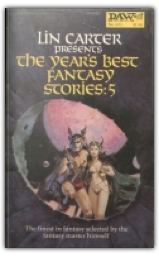
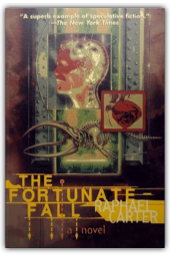
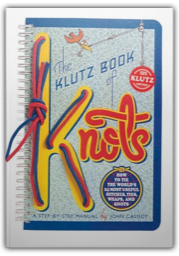
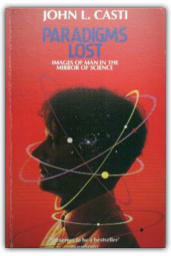
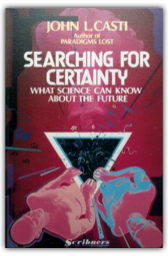
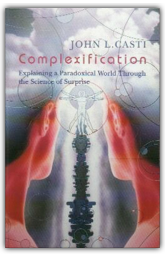
 Made with Delicious Library
Made with Delicious Library